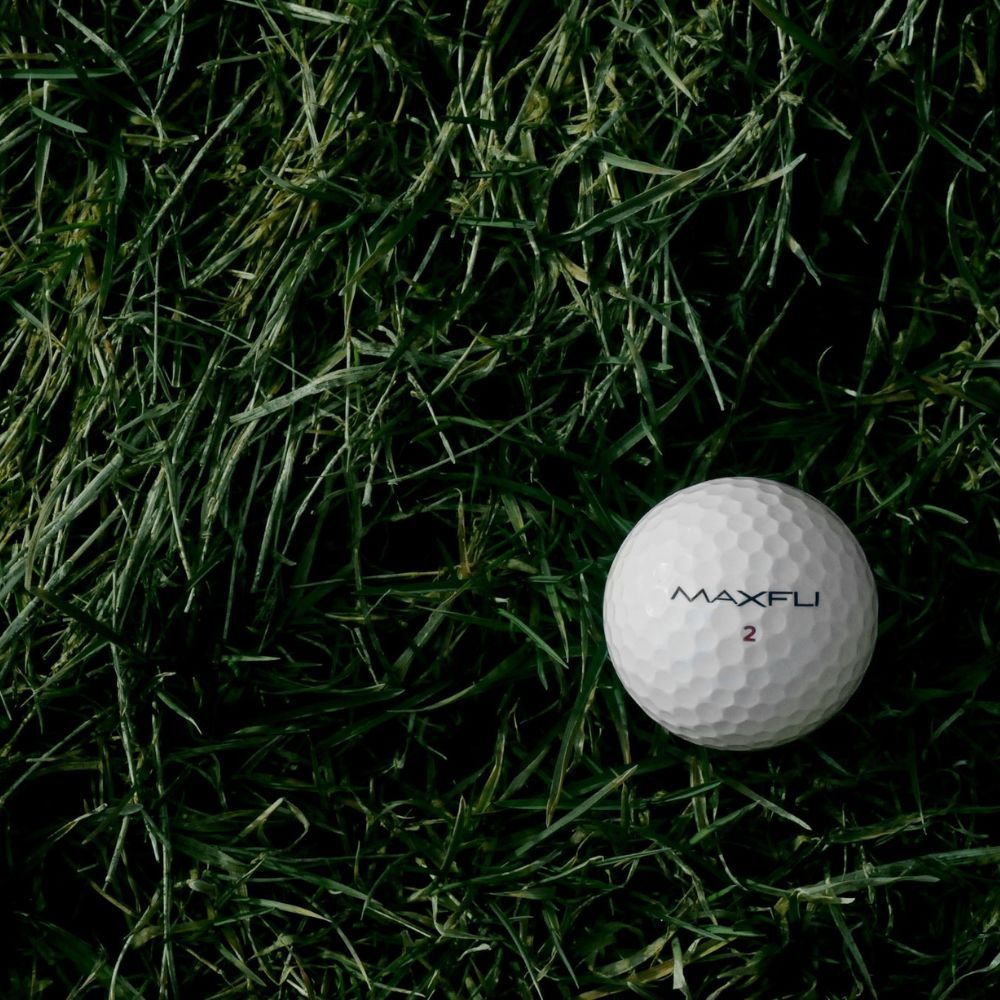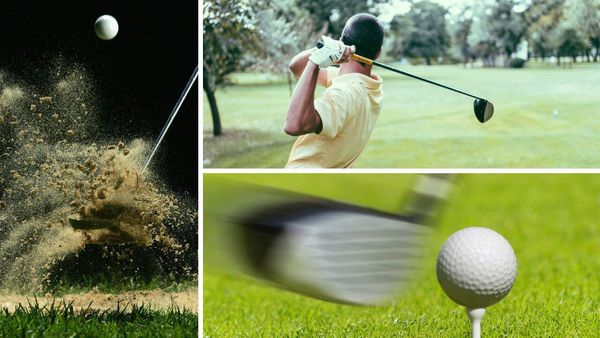Flyer Lie

Have you ever hit a perfectly struck golf shot that seemed to defy the laws of physics? It jumps out of the grass and takes off like a rocket. But instead of landing on the front of the green it keeps going. It finally lands over the green and continues to roll further away from the hole.
Welcome to the wonderful world of fliers. This shot can cause plenty of frustration for the better golfer. How could the golf ball fly that far with a pitching wedge? It landed 20 yards over the green. Therein lies the mystery of the flier lie. But what exactly is a flyer lie and how can you use it to your advantage? Read on to find out!
What is a Flyer Lie?
A flyer is an unintentional golf shot that flies much farther than usual. It occurs when moisture or grass slips in between the club face and the ball during impact. This prevents the grooves in the club from gripping the ball properly, resulting in a high launch angle with very little spin. This combo makes for an exciting shot—one that takes off like a rocket and hits the ground running!
Flyer lies are often found in short to medium rough just off the fairway. The ball is sitting down but has a nice little cushion. For the beginner or higher handicapper, this could be good. In fact many love it. That little bit of cushioning will make it easier for solid contact and result in a higher longer shot.
However, for the lower handicapper, this can be frustrating. It's so difficult to predict the distance - how hot will the ball come off the club face? Where should you try to land the ball? How much will it roll out?
Flyers are more common with your wedges and shorter irons and when the grass is a little wet. If you're playing in the early morning dew or in wet grass do as the Pros do and make sure your club is clean and always dry.
How to Play The Flyer Lie
The beauty or frustration of the flyer lie lies in its unpredictability, meaning that there’s no way to plan for it or predict where it will land. You can, however, prepare yourself for when you are faced with a potential flier.
- Club Selection - Take one less club than normal. If the distance calls for an 8-iron use a 9-iron instead.
- Set-Up - Position the ball a tad further back in your stance and stand slightly closer to the golf ball. This will promote a steeper angle of attack that will hopefully reduce the amount of grass between the ball and the clubface. Open your club face slightly and aim a little left.
- The Swing - Choke down on the club and take a three-quarter swing. Swing through the ball and keep your top hand moving through the ball. This will help keep the club from twisting and creating more misfortune.
- Commit to Your Shot - Don't let you mind wander even though you never quite know how far a flyer will go. Do not let this uncertainty create doubt and tension in your swing. Be Confident!
- Play Smart Golf - You can never be exact when it comes to a flier lie. Play the percentages. If there's trouble over the green and you have a wide opening in front of the green don't be afraid to take two clubs less. If it goes further than you expect maybe you'll be pin high.
With practice and mindful execution, you may surprise yourself at how well you can manage flyer lies! If you're ready to start practicing more but don't have time to get to the course or the driving range we have two great options below.
- The Best Hitting Net for Home - See Below
- The Best Launch Monitor - See Below
Flyer lies are one of those frustratingly common occurrences in golf that can make otherwise great shots go horribly wrong. That being said, understanding how to identify them and knowing what causes them can help you prepare yourself for such eventualities when out on the course.
Armed with this knowledge and some simple changes in your club selection, set-up, and swing thoughts, you will have no problems tackling the unpredictable nature of the flyer. Who knows maybe the ball will come out just as you expect and release perfectly onto the green.
Good luck out there!










Member discussion